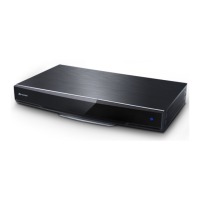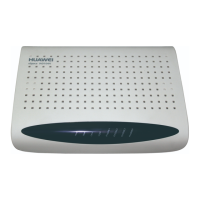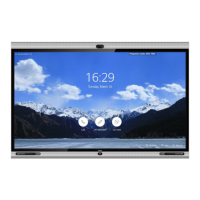• The operating temperature of fiber optic cables ranges from -40ºC to +60ºC (-40ºF to +140ºF). If
the actual temperature is beyond this range, take protective measures or select another route.
• Do not circle and twist cables.
• Do not bind a fiber optic cable at the position where it bends.
• Do not stretch, step on, or place heavy objects on fiber optic cables. Keep the fiber optic cables
away from sharp objects.
• When fiber optic cables are routed, the excess of the fiber optic cables must be coiled around
special devices, such as a fiber coiler.
• An unarmored fiber optic cable must be bound using binding straps. If a fiber optic patch cord
needs to be secured in a cabinet or a piece of equipment, use binding straps to bind it and then
use cable ties to secure the binding straps to the cabinet or equipment. Ensure that the fiber optic
cables can flexibly move in the cable ties. Do not bend the fiber optic cables sharply. The
following figure shows how to bind the fiber optic cables correctly.
Figure 5 Binding fiber optic cables
• When coiling fiber optic cables, apply even strength. Do not bend the fiber optic cables with
force.
• Unused optical connectors must be covered with dustproof caps.
• The fiber optic cables must not be pressed by the door of the cabinet when routed, as shown in
the following figures.
Figure 6 CPRI fiber optic cables routed in the cabinet (1)
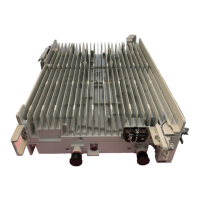
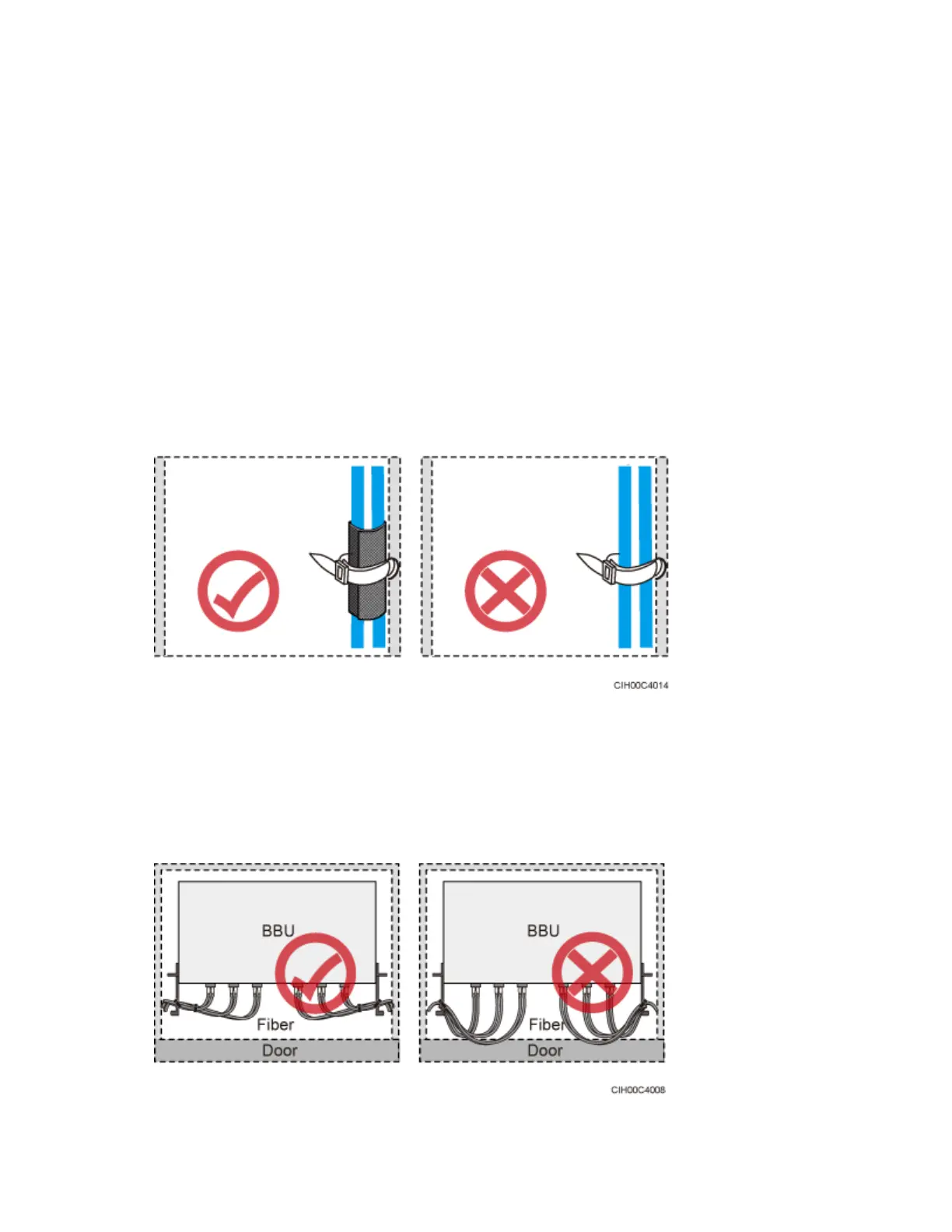